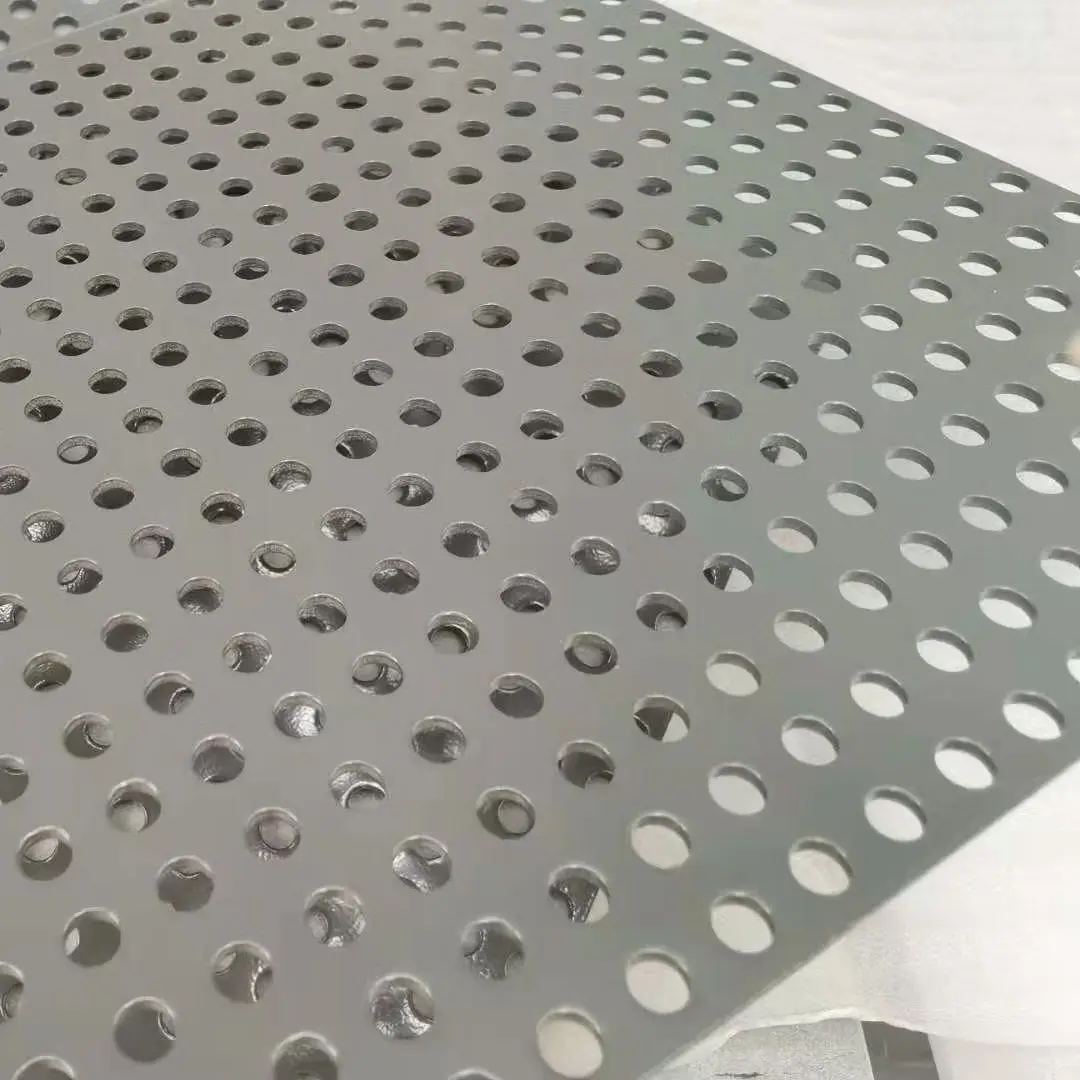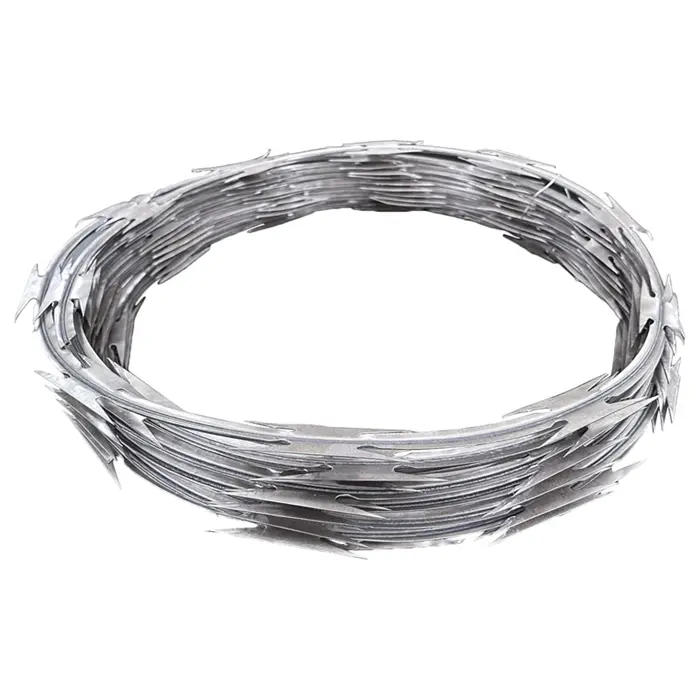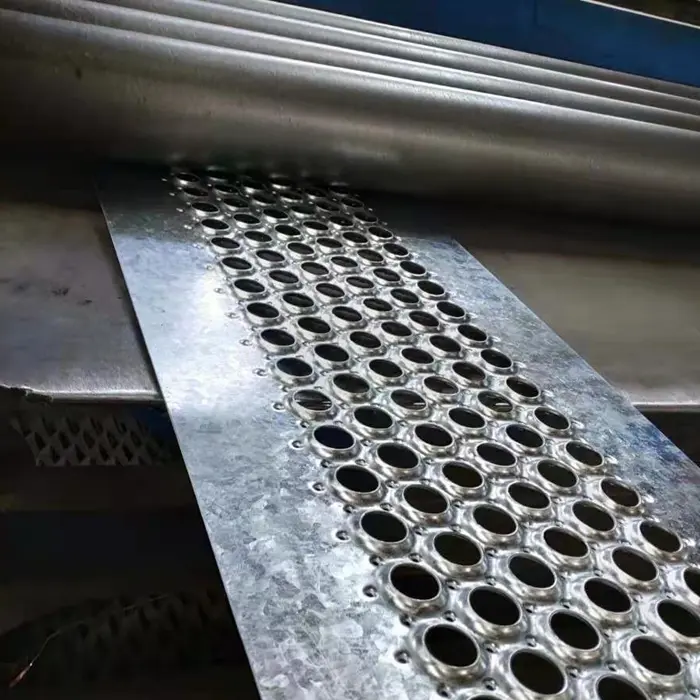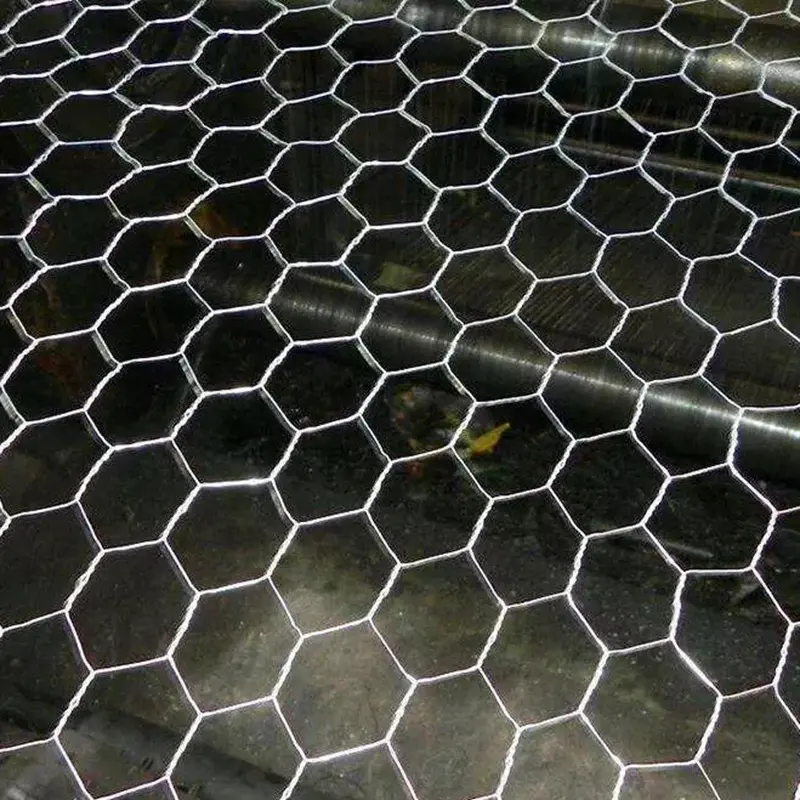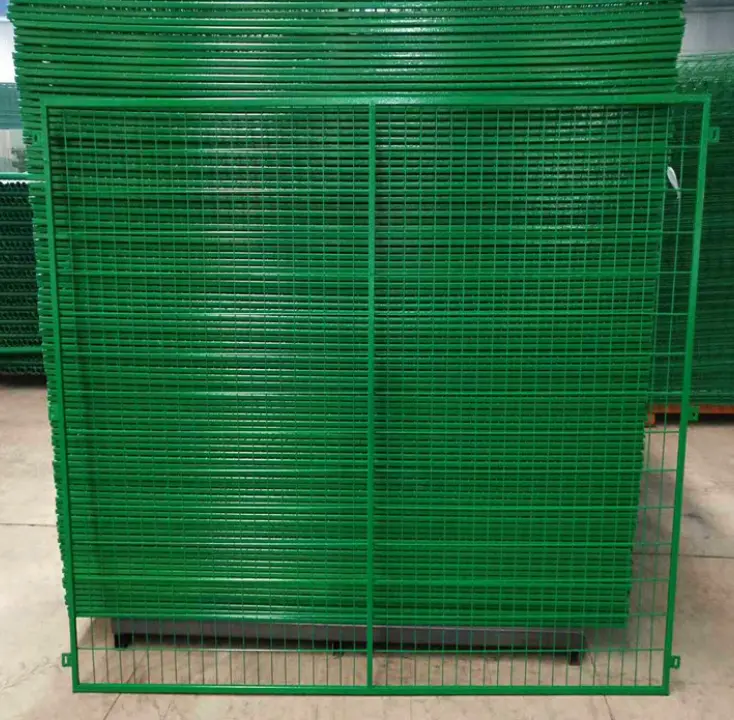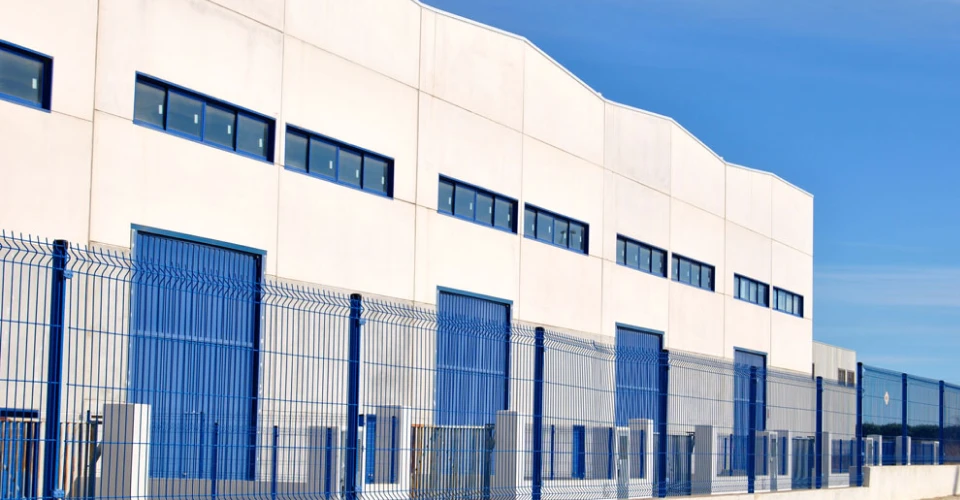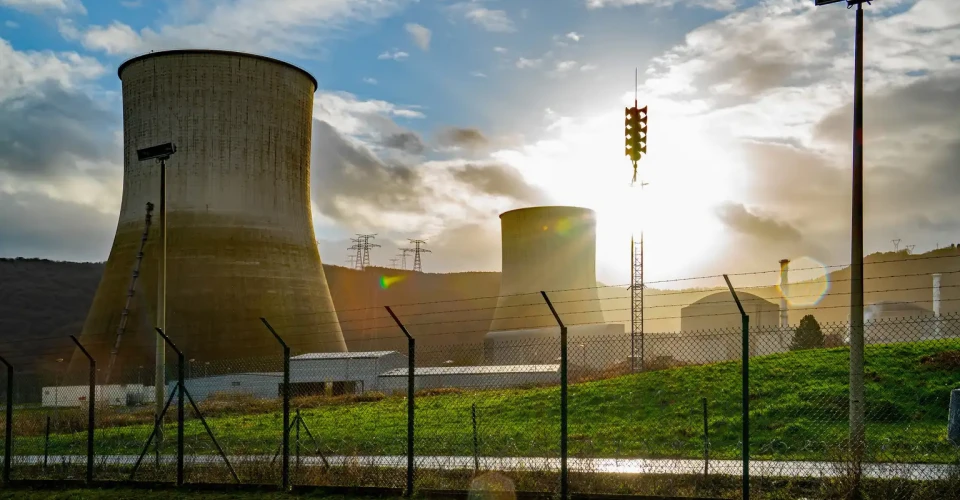Improving Animal Welfare
Animal welfare is a growing concern in modern livestock farming, and breeding fences contribute significantly to creating safer and more comfortable environments for animals.
Reducing Aggression and Injuries
In mixed-gender herds, aggressive behavior among males during the breeding season can lead to injuries and stress. Breeding fences help mitigate these risks by separating dominant males or isolating females in heat. This separation minimizes fighting and injuries, promoting healthier livestock. For instance, in pig farming, breeding fences prevent boars from injuring sows during mating while still allowing controlled interaction.
Providing Safe Farrowing and Lambing Areas
For species such as pigs and sheep, breeding fences are instrumental in creating designated farrowing and lambing pens. These enclosures protect newborn animals from being trampled by adults and allow mothers to nurture their young in a stress-free environment. The use of breeding fences in these scenarios reduces mortality rates and enhances the survival of offspring.
Optimizing Grazing and Pasture Management
Breeding fences also play a vital role in rotational grazing systems, where land is divided into smaller paddocks to prevent overgrazing and promote pasture regeneration.
Rotational Breeding Grazing
By integrating breeding fences into rotational grazing systems, farmers can allocate specific paddocks for breeding groups. This approach ensures that breeding animals have access to high-quality forage while preventing overgrazing in other sections. In sheep farming, for example, breeding fences allow farmers to rotate rams between different ewe groups, optimizing pasture use and improving flock fertility.
Preventing Overcrowding
Overcrowding in breeding areas can lead to resource competition, increased stress, and reduced reproductive success. Breeding fences help maintain optimal stocking densities by dividing pastures into manageable sections. This controlled grazing not only supports animal health but also enhances pasture sustainability.
Facilitating Genetic Improvement Programs
Selective breeding is fundamental to improving livestock genetics, and breeding fences provide the necessary infrastructure to implement advanced genetic programs.
Supporting Disease Control and Biosecurity
Disease outbreaks can devastate livestock populations, and breeding fences serve as a critical biosecurity measure.
Quarantine and Isolation
New animals introduced to a farm may carry diseases that can spread to the existing herd. Breeding fences allow farmers to quarantine newcomers in isolated sections until they are deemed healthy. Similarly, sick animals can be separated to prevent disease transmission. This practice is especially important in intensive farming systems, where diseases can spread rapidly.
Reducing Cross-Contamination
In multi-species farms, breeding fences prevent cross-species contact, reducing the risk of zoonotic diseases. For example, keeping goats and sheep in separate breeding enclosures minimizes the spread of parasites that may affect both species differently.
Economic Benefits of Breeding Fences
Beyond improving animal health and productivity, breeding fences offer substantial economic advantages for livestock farmers.
Lower Labor Costs
Automated breeding fence systems reduce the need for constant manual supervision. Features such as self-locking gates and electronic monitoring decrease labor requirements, allowing farmers to allocate resources more efficiently.
Increased Reproductive Efficiency
By optimizing breeding schedules and improving conception rates, breeding fences contribute to higher weaning rates and faster herd expansion. This efficiency translates into increased profitability, particularly in meat and dairy production systems.
Long-Term Durability and Cost Savings
High-quality breeding fences are designed to withstand harsh environmental conditions, reducing maintenance costs over time. Investing in durable fencing systems ensures long-term reliability, minimizing the need for frequent replacements.
Breeding fences have become indispensable in modern livestock farming, offering multifaceted benefits that enhance reproductive management, animal welfare, pasture utilization, genetic improvement, disease control, and economic efficiency. As the global demand for livestock products continues to rise, the adoption of advanced fencing systems will play a pivotal role in sustainable and profitable farming practices. By integrating breeding fences into their operations, farmers can achieve higher productivity while maintaining high standards of animal care and environmental stewardship.
The future of livestock farming lies in smart, technology-driven solutions, and breeding fences exemplify how innovative infrastructure can transform traditional practices. As research and development continue to improve fencing designs, their applications will expand further, solidifying their role as a cornerstone of efficient and ethical animal husbandry.


